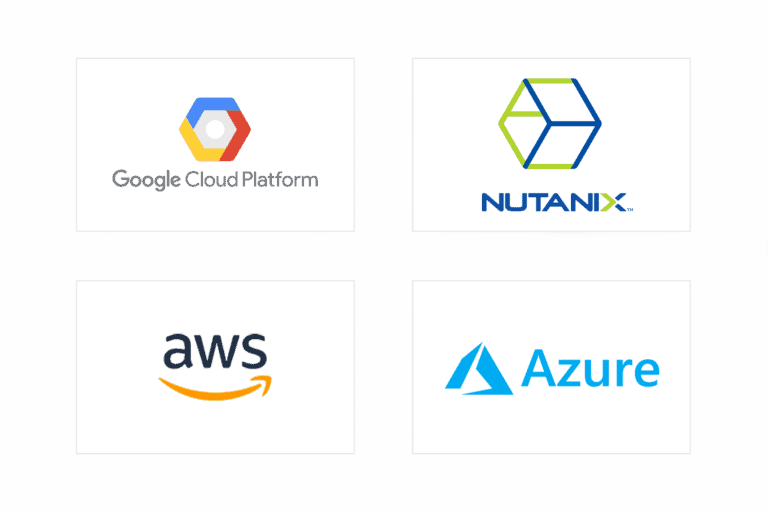Nutanix’s Karbon distribution of Kubernetes has now been integrated with the Microsoft Arc management framework. The number of Kubernetes distributions supporting Microsoft Arc will probably rise, now that it is generally available. Microsoft is positioning Arc as the control plane users can deploy in hybrid cloud computing.
According to Greg Muscarella, the Veep of products for Nutanix, Karbon was created to enable IT teams, to spin up a Kubernetes cluster in less than 10 minutes on top of hyper-converged infrastructure (also known as HCI) and provide an experience comparable to the cloud.
Karbon’s approach and Azure’s Arc
The approach used by Karbon makes it easier for IT teams to deploy microservices-based apps contained on a platform they are familiar with and manage them alongside bigger apps.
Azure Arc, which is designed to support any Kubernetes distribution, has come up as the primary way for Microsoft to expand its operations beyond platforms running on Azure. For each Kubernetes cluster in the Azure Portal, it creates a managed identity by assigning an Azure Resource Manager ID.
Kubernetes clusters can then be attached to standard Azure subscriptions, be a part of resources groups and get tags like any Azure resource.
Microsoft’s way forward
To connect a Kubernetes cluster to Azure requires the admin to deploy agents which run in a Kubernetes namespace called azure-arc. They connect the cluster to Azure Arc, collect logs and metrics, and monitor configuration requests. IT teams can apply policies to any Kubernetes distribution using Azure Policy for Kubernetes.
As with companies like VMware, IBM, and Google, Microsoft is using Kubernetes to give Azure and Arc the face of a solution that can help organizations develop a hybrid cloud computing strategy. For that to happen, Microsoft must be allied with Kubernetes distribution providers that are used in on-premises environments.
